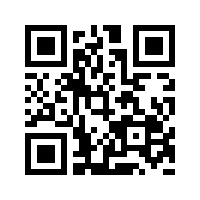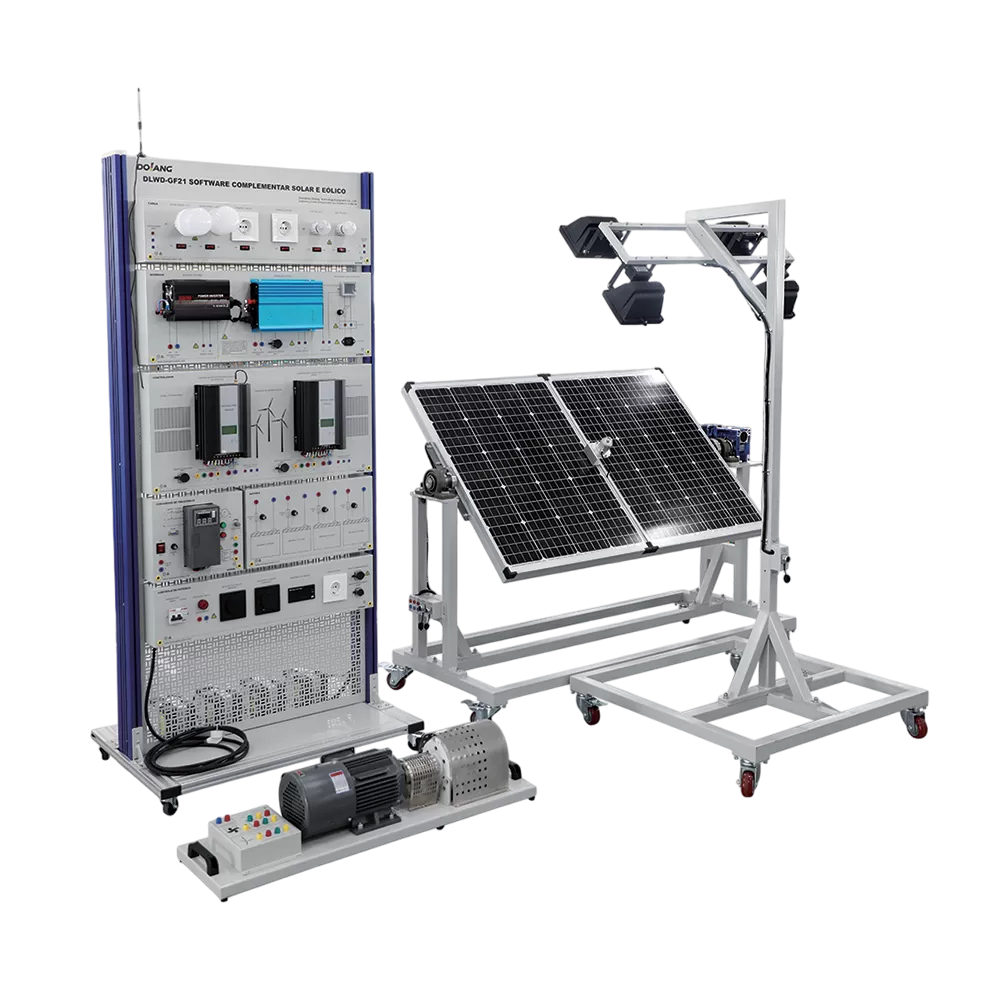As solar energy adoption accelerates worldwide, the demand for skilled technicians in photovoltaic (PV) systems continues to grow. Traditional classroom learning is no longer sufficient to prepare students for real-world solar installation, maintenance, and troubleshooting. That’s why solar training equipment has become essential for technical schools, vocational centers, and renewable energy programs.
Dolang offers comprehensive solar training kits and photovoltaic training equipment designed to bridge the gap between theory and hands-on practice, helping students gain the practical skills that modern solar careers demand.
Why Hands-On Solar Training Matters
Solar energy systems are complex, involving electrical circuits, inverters, PV modules, batteries, and controllers. Without practical experience, students may struggle to:
● Understand PV system behavior under varying sunlight conditions
● Perform accurate wiring and connections
● Safely operate inverters and battery systems
● Troubleshoot faults in live or simulated solar arrays
A well-designed solar system trainer for students allows learners to observe system responses in real-time, replicate faults safely, and test different configurations—all in a controlled environment.
Key Features of Modern Solar Training Equipment
Educational solar kits today offer features that make learning interactive and effective:
1. Fully Functional PV Modules
Students can connect real or simulated solar panels to understand power generation, energy storage, and conversion efficiency.
2. Integrated Measurement Tools
Digital meters and sensors allow measurement of voltage, current, and energy output, enabling hands-on learning in monitoring and efficiency analysis.
3. Fault Simulation & Troubleshooting
Advanced solar training equipment provides the ability to simulate common problems such as:
● Loose connections
● Overloading circuits
● Battery malfunctions
● Inverter errors
This helps students develop critical diagnostic skills in a safe learning environment.
4. Renewable Energy Curriculum Compatibility
Many kits come with instructional guides and lesson plans aligned with industry standards, allowing educators to integrate solar PV educational equipment seamlessly into their curriculum.
Applications Across Education and Industry
Solar training equipment is widely used in:
● Vocational and technical schools
● Renewable energy certification programs
● University engineering labs
● Corporate employee training programs in solar energy
● Research and development facilities
By providing a realistic, hands-on experience, these kits ensure learners are ready for practical solar work in residential, commercial, and industrial settings.
Benefits for Students and Educators
● Enhanced Understanding: Visualize energy flow and PV system behavior.
● Safe Learning Environment: Experiment with real components without risk.
● Improved Engagement: Interactive, hands-on lessons increase student motivation.
● Workforce Preparedness: Graduates gain practical skills immediately applicable in solar careers.
For educators, investing in solar energy training kits ensures their program remains competitive and aligned with industry needs.
Conclusion
As renewable energy expands globally, the need for skilled solar technicians grows alongside it. Solar training equipment provides the essential hands-on experience that bridges classroom theory with field practice. Programs incorporating these tools not only improve learning outcomes but also enhance student employability in the solar energy sector.
If your school or training center is looking to upgrade its renewable energy curriculum, Dolang offers a complete range of solar training equipment designed for hands-on learning and workforce readiness. Contact Dolang today to find the perfect solar training kit for your program.












